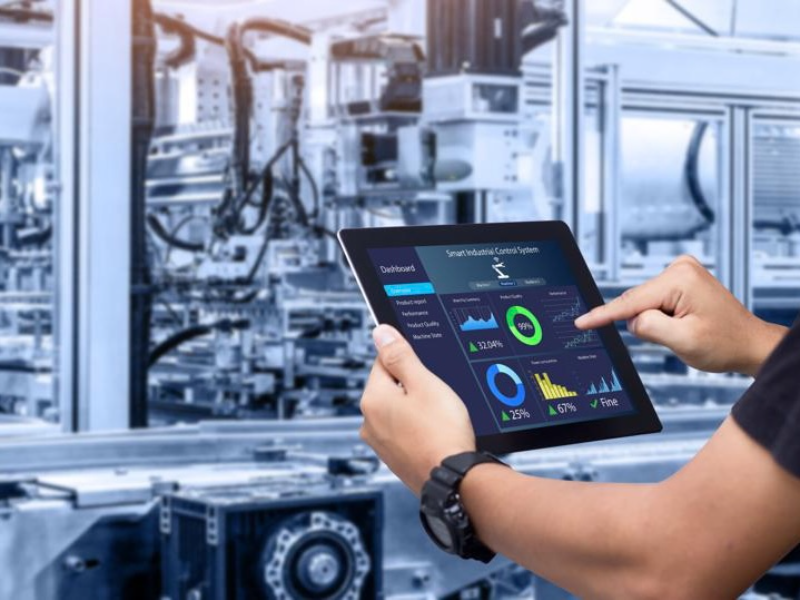- Track and manage all hardware and software assets, ensuring compliance with licensing agreements and organisational standards.
- Oversee the entire lifecycle of IT assets from acquisition to disposal, including deployment, maintenance, and secure decommissioning.
- Monitor costs, optimise expenditures, secure IT assets, and ensure adherence to relevant regulations and standards.
Effective IT asset management (ITAM) is a crucial component of any organisation’s IT strategy. It involves managing and optimising the acquisition, deployment, maintenance, and disposal of IT assets. Proper ITAM ensures that an organisation’s IT infrastructure is efficient, cost-effective, and aligned with business goals. Here, we explore the essential elements that should be included in IT asset management.
1. Inventory management
Hardware assets
Servers
Ensure all physical servers are accounted for, including their specifications, locations, and usage.
Workstations and laptops
Track all computers, ensuring they meet organisational standards and are updated regularly.
Networking equipment
Include routers, switches, firewalls, and other networking devices.
Mobile devices
Manage company-owned smartphones and tablets, including their software and usage policies.
Software assets
Operating systems
Keep track of all operating systems, their versions, and licenses.
Applications
Monitor all installed software applications, ensuring compliance with licensing agreements.
Utilities and tools
Include smaller software tools and utilities that support business operations.
Also read: Microsoft partners with G42 to invest $1B in Kenya data centre
2. Licence management
Software licenses
Ensure compliance with software licensing agreements to avoid legal issues and unexpected costs.
Subscription services
Manage subscriptions to cloud services and SaaS applications, including renewal dates and usage metrics.
Maintenance contracts
Track maintenance contracts for both hardware and software to ensure timely renewals and support.
3. Lifecycle management
Acquisition
Procurement processes
Standardise the process of acquiring new IT assets, ensuring compatibility with existing infrastructure.
Vendor management
Maintain relationships with vendors to negotiate better terms and support.
Deployment
Configuration management
Ensure that all new assets are configured according to organisational standards and security policies.
Integration
Seamlessly integrate new assets into the existing IT environment.
Maintenance
Patch management
Regularly update software to fix bugs and address security vulnerabilities.
Hardware maintenance
Schedule routine checks and maintenance for physical hardware to extend its lifespan.
Disposal
Decommissioning
Safely decommission obsolete hardware, ensuring data is securely erased.
Recycling and disposal
Adhere to environmental regulations when disposing of electronic waste.
4. Financial management
Cost tracking
Monitor the total cost of ownership (TCO) for all IT assets, including acquisition, maintenance, and disposal costs.
Budgeting and forecasting
Plan for future IT expenditures, ensuring alignment with organisational budgets.
5. Security management
Asset security
Ensure all IT assets are secured against unauthorised access and vulnerabilities.
Data protection
Implement robust data protection measures for all hardware and software assets.
Compliance: Adhere to relevant regulations and standards, such as GDPR, HIPAA, and ISO 27001.
6. Performance management
Monitoring
Continuously monitor the performance of IT assets to identify and address issues proactively.
Optimisation
Regularly optimise the use of IT assets to improve efficiency and reduce costs.
7. Policy and governance
ITAM policies
Develop and enforce policies governing the acquisition, use, and disposal of IT assets.
Governance framework
Establish a governance framework to ensure compliance with organisational policies and regulatory requirements.
Also read: NTT DATA (Thailand) partners with 3 top universities to develop COBOL skills
8. User training and support
Training programs
Provide training to employees on the proper use and maintenance of IT assets.
Support services
Offer robust support services to assist users with IT-related issues.
Incorporating these elements into your IT asset management strategy can lead to significant benefits, including cost savings, improved efficiency, and enhanced security. By taking a comprehensive approach to managing IT assets, organisations can ensure that their IT infrastructure supports business objectives and adapts to changing technological landscapes. Effective ITAM is not a one-time effort but an ongoing process that requires continuous monitoring, evaluation, and improvement.

